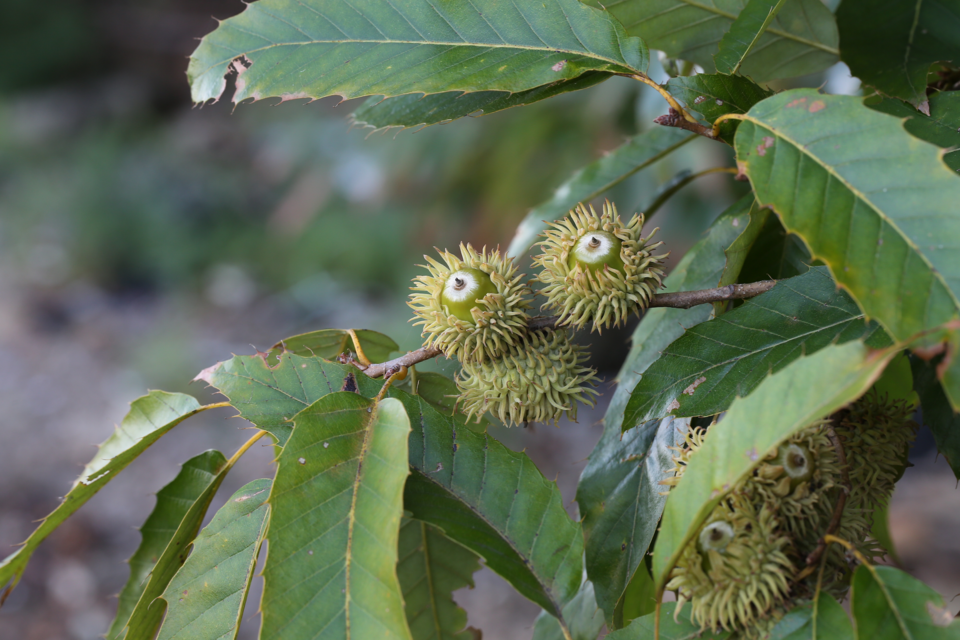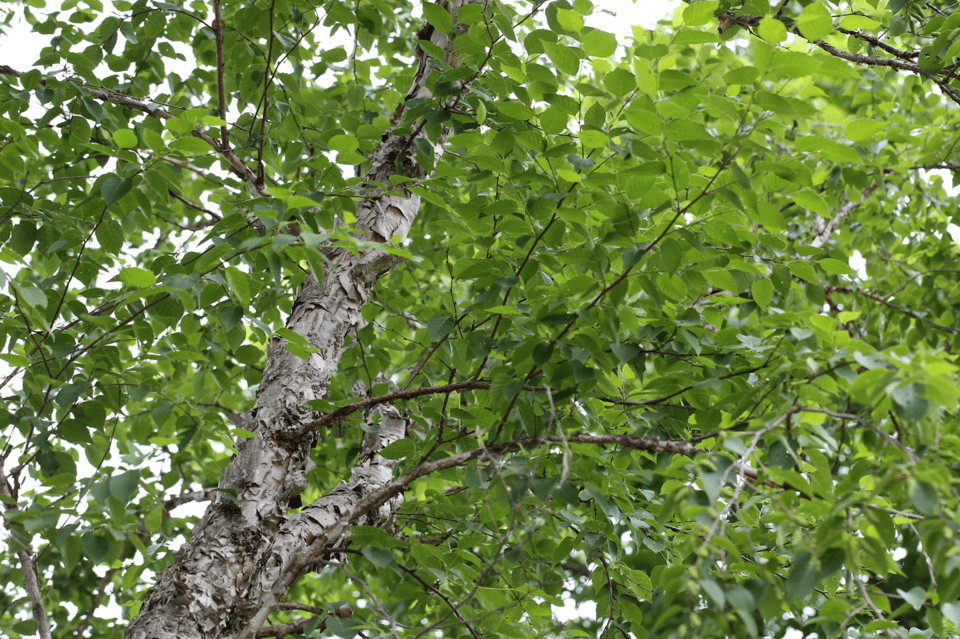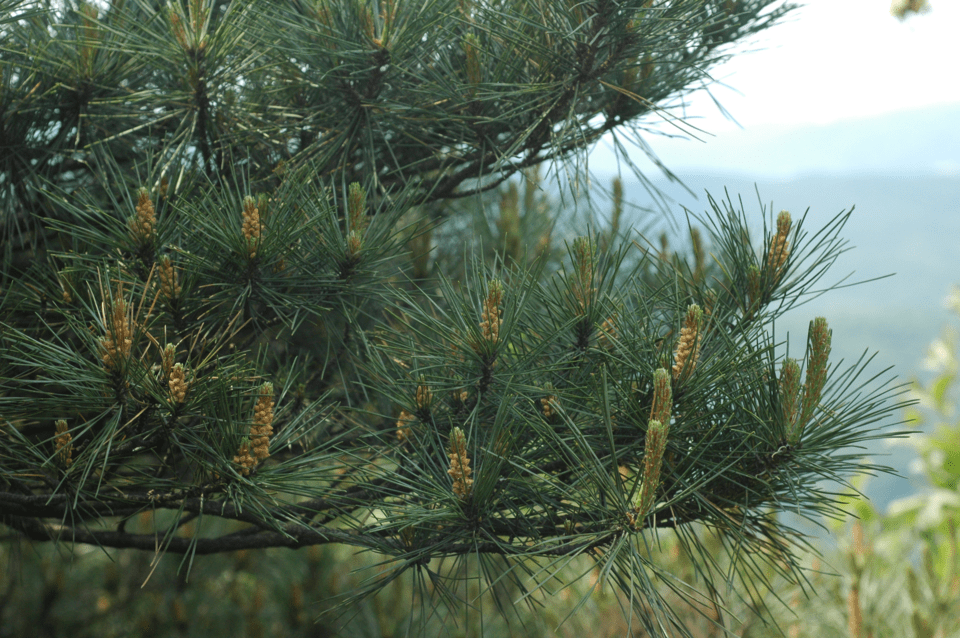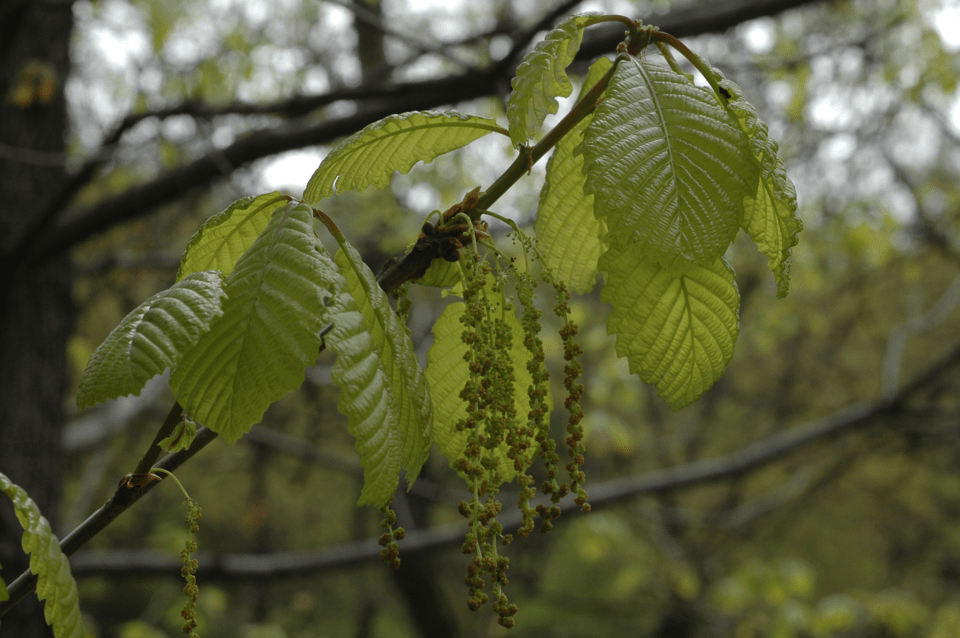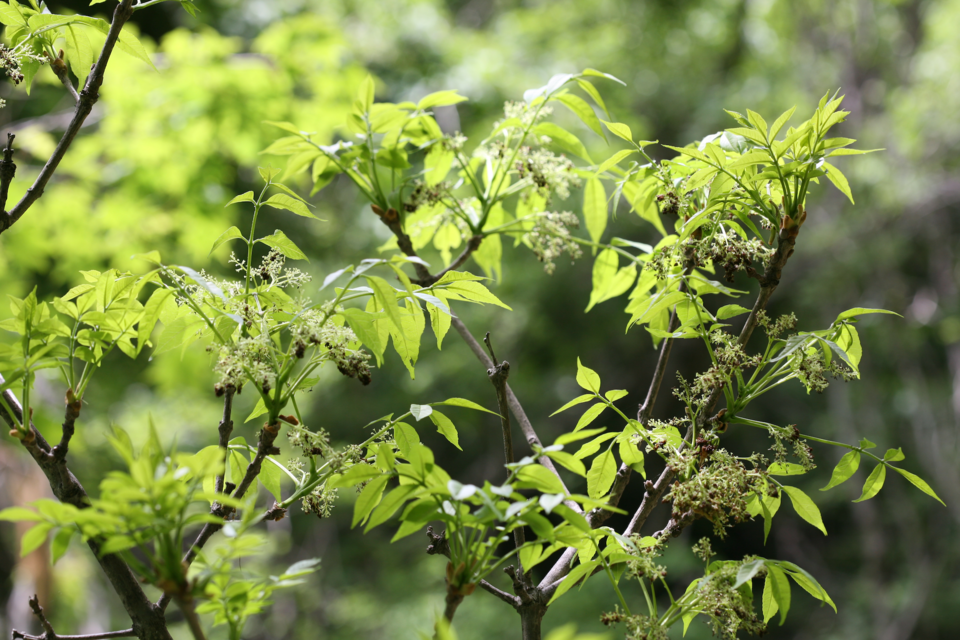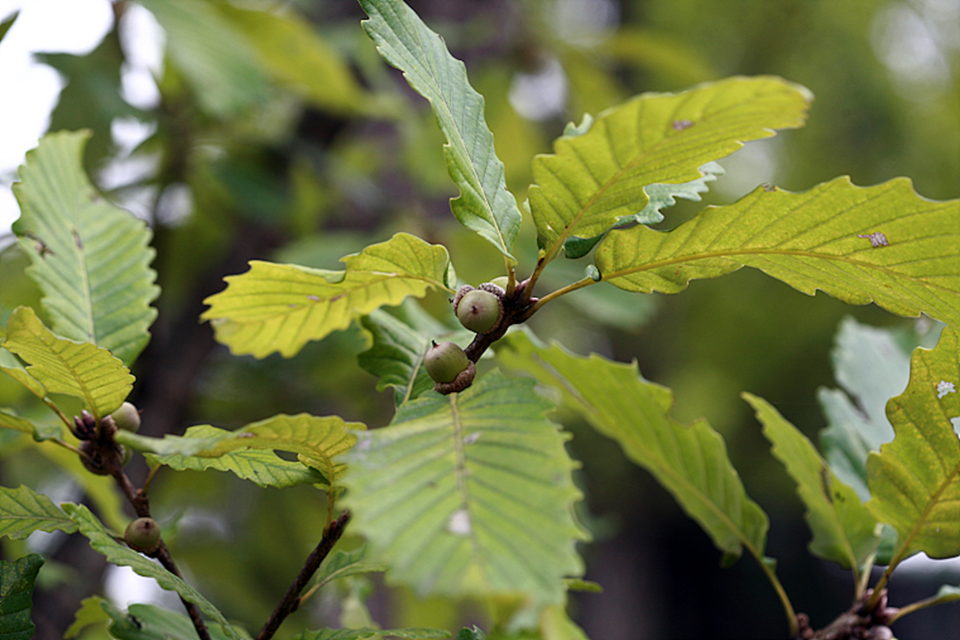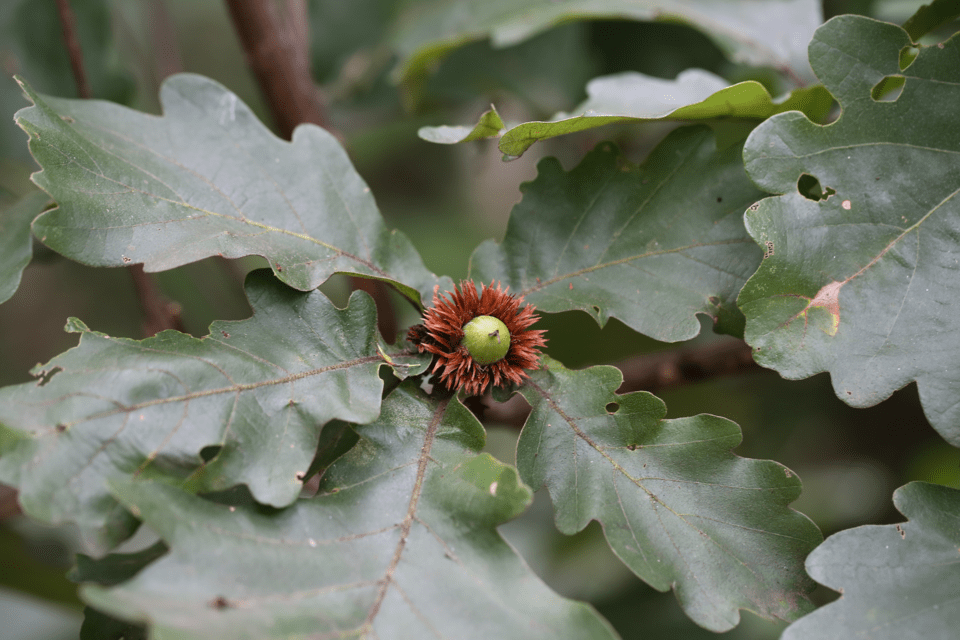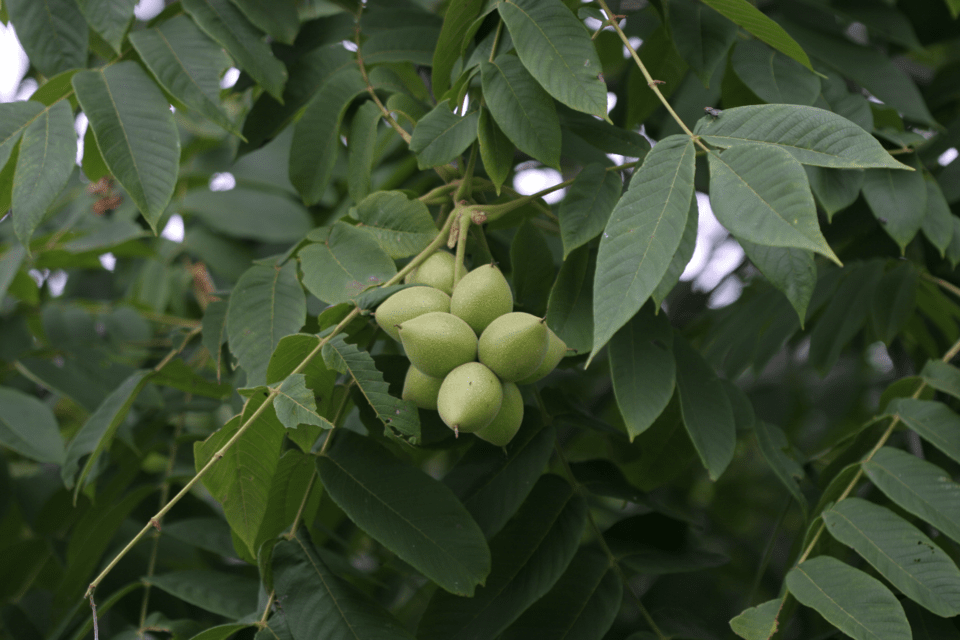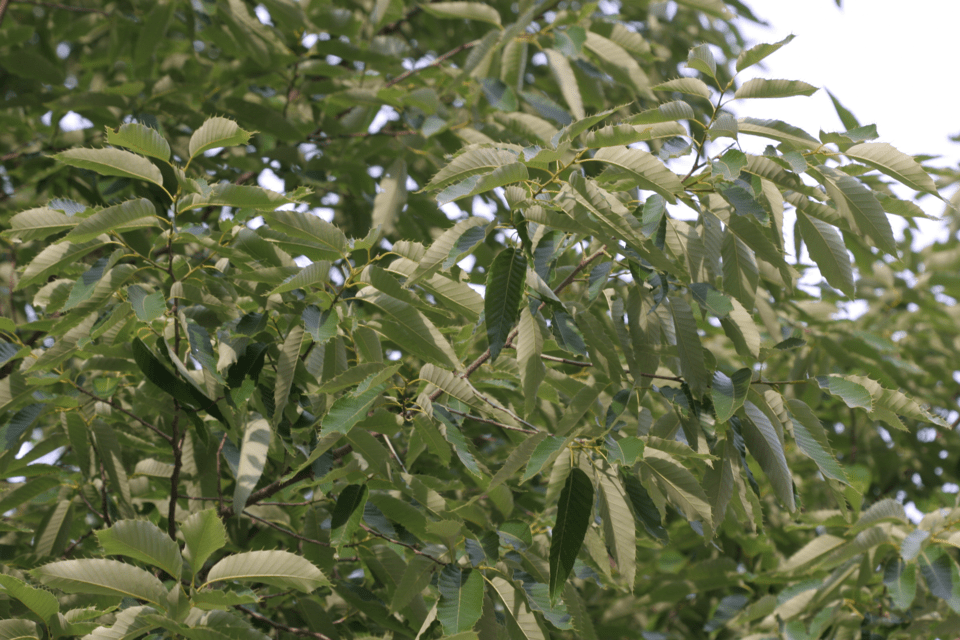On the occasion of Arbor Day, the Korea National Park Service has unveiled 10 species of native trees with high annual carbon absorption among the national parks’ native trees.
Starting in 2023, the service conducted a survey on the average annual carbon absorption of a total of 84 species of native plants in 14 national parks, including Seoraksan, Odaesan, and Taebaeksan. As a result, 10 species were selected that recorded more than twice the average (7.37kg-CO2/tree) absorption capacity.
The trees revealed this time include Quercus acutissima (30.12kg), Betula davurica (21.51kg), Pinus densiflora (20.07kg), Quercus serrata (20.04kg), Fraxinus chinensis (19.01kg), Quercus mongolica (17.55kg), Pinus thunbergii (17.41kg), Quercus variabilis (16.15kg), Juglans mandshurica (15.98kg), and Quercus aliena (15.36kg). Among them, 8 species are broadleaf trees and 2 are coniferous trees.
The Korea National Park Service calculated the carbon absorption capacity of these trees based on their physical characteristics such as diameter at breast height and height to determine their biomass, applying the carbon content ratio. The annual absorption for each tree species was derived through repeated surveys.
The service plans to complete the survey of carbon absorption capacity of native plants across 23 national parks nationwide by 2025. So far, 232 survey plots have been designated for detailed surveys, and the results will be used to establish carbon-neutral policies based on the ecosystem.
Based on this data, the Korea National Park Service is encouraging citizens to plant these native tree species as garden trees. These species are available at online and offline sapling stores, but availability may vary depending on the stock and size of each species.
Ju Dae-Young, Director of the Korea National Park Service, commented, “We aim to identify tree species with excellent regional carbon absorption characteristics and utilize them for biodiversity conservation and climate crisis response.”
